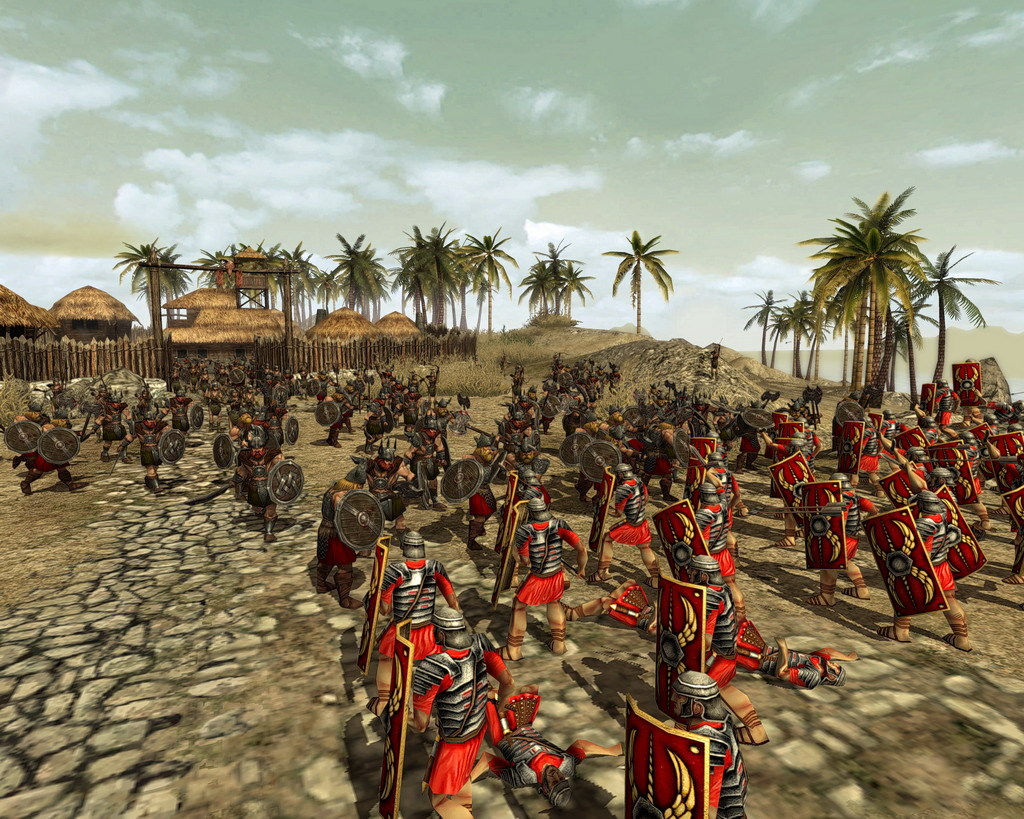

Reaching the highest office at an age where they typically would not have been allowed to enter political life, these young emperors were perceived as never outgrowing their youthful vices. However, it is their youth that made these emperors stand above other bad emperors as the worst of the worst. Thus, they were often portrayed as lacking self-control, and possessing a licentious and cruel nature. The emperors discussed within this thesis are generally regarded as bad emperors. As was typical of histories and biographies, the nature and character of the emperor was believed to significantly affect the quality of their rule. In saying this, it will demonstrate that the age of the youthful emperors played a role in excusing or condemning their carefree behaviour. This thesis studies the imperial histories and biographies of these young emperors alongside the traditional rhetoric associated with ‘good’ and ‘bad’ emperors. Nonetheless, this critical stage of human life was one characterised by restlessness, conflict and change. Rather, they discerned a phase between childhood and adulthood to which they did not assign fixed and universal numerological boundaries. They further acknowledge that although people in antiquity did not possess age awareness comparable to modern society, they were not indifferent towards the factor of age. Laes and Strubbe suggest this age boundary as one that was accepted and popular among the ancient Romans. For the purpose of this thesis, the phase of youth will be defined as the period between 13/14 years of age and 28 years, in line with the stages of the human life-course suggested by Macrobius.
.png)
The emperors that fall into this category are Caligula (25 at accession), Nero (16 at accession), Commodus (co-Augustus at age 16 19 as Augustus), Caracalla (co-Augustus at age 11 joint-rule with Geta at age 23), Geta (co-Augustus at age 20 joint-rule with Caracalla at age 22), Elagabalus (14 at accession), Alexander Severus (13 at accession) and Gordian III (13 at accession). As such, it limits the scope of research to the first three centuries AD. This thesis examines the portrayal of youthful Roman emperors in imperial histories and biographies, specifically in the works of Suetonius, Tacitus, Cassius Dio, Herodian, and the Historia Augusta.


 0 kommentar(er)
0 kommentar(er)
